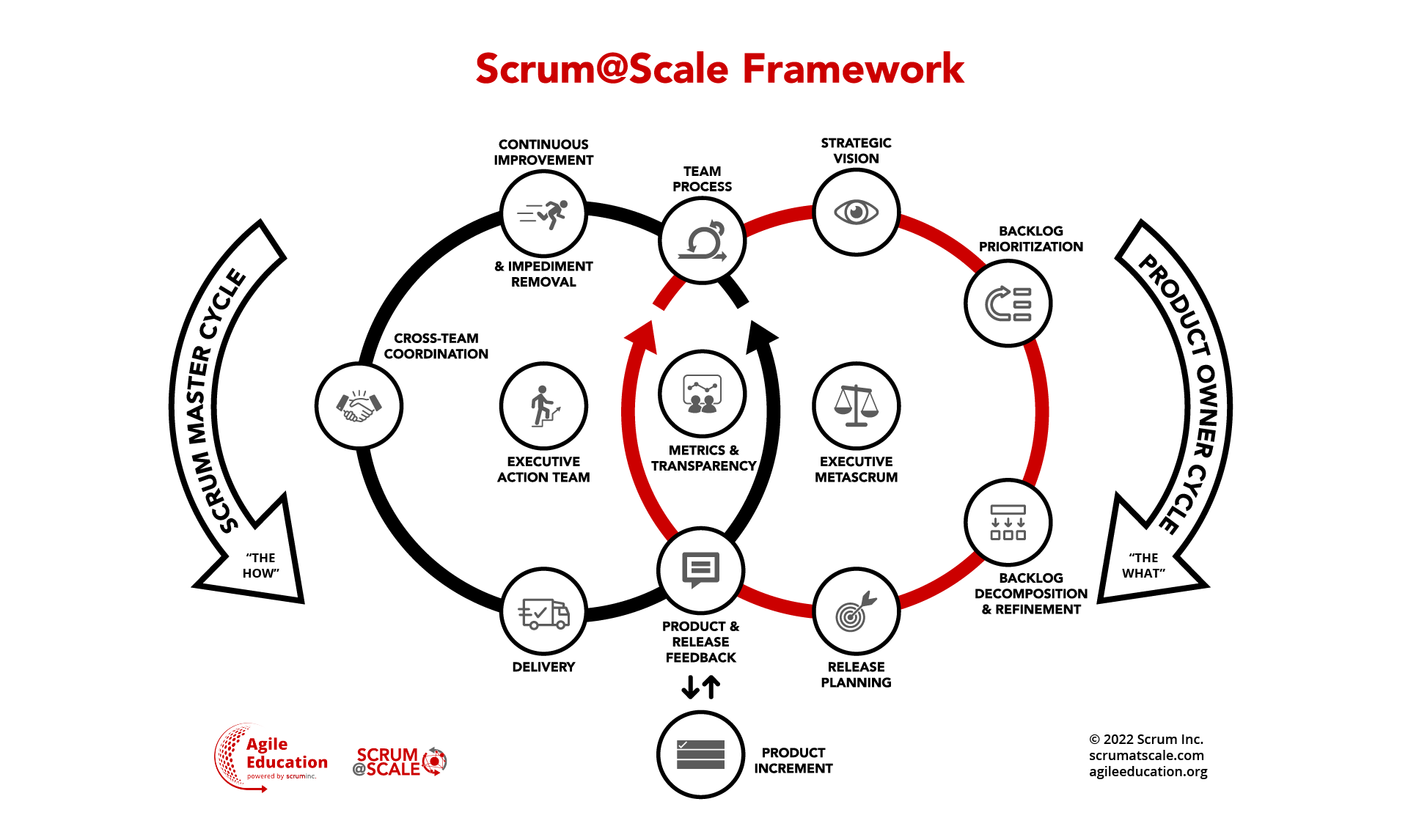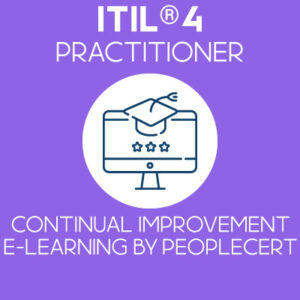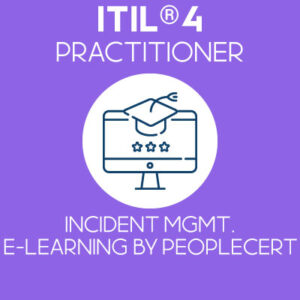What is the Agile Practice Guide?

The Agile Practice Guide is the companion book to pass the Agile Certified Practitioner (ACP) exam of the Project Management Institute (PMI). The PMI-ACP certification has been PMI’s answer to the growing needs and concerns of project management practitioners to have their Agile experiences recognized.
Before you give this article a pass, you should know that this guide was actually written in collaboration with the Agile Alliance. The Agile Alliance is a global nonprofit organization dedicated to promoting the concepts of Agile software development as outlined in the Agile Manifesto. It was created a few months after this event by some of its founders, notably Ken Schwaber (co founder of Scrum). What is great with the Agile Alliance is that it is an inclusive body which is not favoring an Agile methodology or practice over another. It offer various and interesting resources such as videos, articles, downloadable documents and records methodologically the milestones of Agile practices. It is a well established and an authoritative body of the Agile world.
While the ACP certification started in 2012, the Agile Practice Guide was actually published in September 2017. Earlier, practitioners were left with a recommended list of books to read as preparation materials to pass the ACP exam. This guide was written to provide a global overview of the main Agile frameworks and practices and how they could potentially be combined with more traditional project management approaches to become hybrid models.
What is inside the Agile Practice Guide?
This publication contains 182 pages organized mainly around 5 parts:
- An introduction to Agile. Presents and explains the Agile Manifesto, its 4 values and 12 principles, provides an overview of the most popular agile frameworks and illustrate where and when Agile is fitter than predictive models.
- Lifecycle selection. Explains and details the four types of project management lifecycle (predictive, iterative, incremental, agile) and possible combinations.
- Creating an Agile environment. Explains the servant leadership model, cross functional and self organized team concepts, common agile roles (product owner, team facilitator, team members…) as well as important characteristics and views of an Agile mindset.
- Delivering in an Agile environment. Details common Agile practices (daily, backlog preparation, planning, backlog refinement, review, retrospectives, etc…). Includes team common issues and possible resolutions, Kanban as a visual and flow control tool as well as how to measure and report team performance and progress.
- Organizational considerations for project agility. Contains organizational change management, procurement and contracts in Agile, scaling Agile and the possible roles that a Project Management Office (PMO) could have during and after an Agile transformation.
In comparison to its big brother the PMBOK (Project Management Body of Knowledge), the Agile practice guide is an easy AND interesting read and can be covered within a couple of hours. The writing style is less formal than others PMI publications and a few stories are available to keep the reader entertained and engaged.
What is noteworthy in the Agile Practice Guide?
Going through the guide, we found the following information to be of interest:
- An overview of the main Agile methodologies (Scrum, Kanban, XP, Crystal…). Not everything is about Scrum and this is good to see.
- An overview of the various models for scaling Agile e.g. Scrum of Scrum, SAFe, etc… . Important to see that several Agile scaling models exist as highlighted in our article here.
- When to apply Agile (or rather when does Agile best fit) to a project – an interesting model on a chart is available to visualize this (technical uncertainty vs business uncertainty). More often than not, Agile is the way to go based on that model.
- The overview of the 4 different lifecycle and their possible combinations. Not everyone will take this model but it is worth a consideration, especially in large enterprises.
- Practical tips on how to troubleshoot Agile projects – real practical examples on what needs to be done to resolve issues in an Agile environment.
- A mapping of the PMBOK knowledge areas to their application in an Agile process – great to demonstrate to project managers how an Agile set up cover the essential project areas. It is worth to note that the Agile Practice guide recognizes that “the role of the project manager in a Agile project is somewhat of an unknown” as many agile frameworks and approaches do not consider such role.
- An Agile Assessment model based on 9 parameters – a simple but effective model to show if your project is fit for agile and/or the possible pain points that you will face
Should you rush (to buy) and read it?
Overall, the Agile Practice Guide is a quality publication for those who would like to know more about Agile frameworks, practices and concepts. It gives a great overview of what is available in the market and exposes well the main items and tenants of Agile. In case you are an existing PMI member or a Scrum Alliance paid member, you can download the guide for free. In case you are looking to pass the PMI-ACP, this is for sure a must read to prepare you for the exam. However, if you are not looking to get ACP certified and simply want to know more about a specific methodology, better options are available in the market.
Last but not least, we expect this publication’s role to be significantly affected in the next couple of months due to recent decisions and acquisitions made by the PMI in the Agile world. But this will be a subject for our next article….





















